The moment you step onto Stk’emlúpsemc te Secwépemc land in southern British Columbia, according to Chief Ron Ignace, you are a beggar.
As an outsider, you have no rights and you've strayed away from your home and family. You are considered a poor person, he tells National Observer, and you are beholden to the First Nations on whose territory you stand.
His message takes aim at anyone who wants to do business or travel on his nation's land, be they tourists, government, companies, fishers, or boaters.
“The days of colonial authoritarianism are over,” he says. “It’s time for Canada to recognize that we are nations, as nations we have rights to our land, and if we are approached honourably, we can sit down and come to a fair and just conclusion.”
It’s precisely what his community has done, he explains, with KGHM Ajax Mining Inc.’s proposal to build a gaping open pit gold and copper mine on their territory, near a sacred cultural site called Pípsell.
The Stk’emlúpsemc te Secwépemc rejected the project last month, after what Ignace calls a “groundbreaking” development in the way First Nations handle resource extraction projects on their land.
Their review of the proposal — which drew upon Western science as well as traditional knowledge and customs — has been praised across the country by national indigenous leaders and MiningWatch Canada. As an indigenous community fighting to protect the land and water, the nation even received a nod from David Suzuki, a renowned environmentalist, scientist, and host of CBC's The Nature of Things.
It’s old hat to the Stk’emlúpsemc te Secwépemc, who say they’ve been teaching mining corporations how to approach them ‘honourably’ for years.
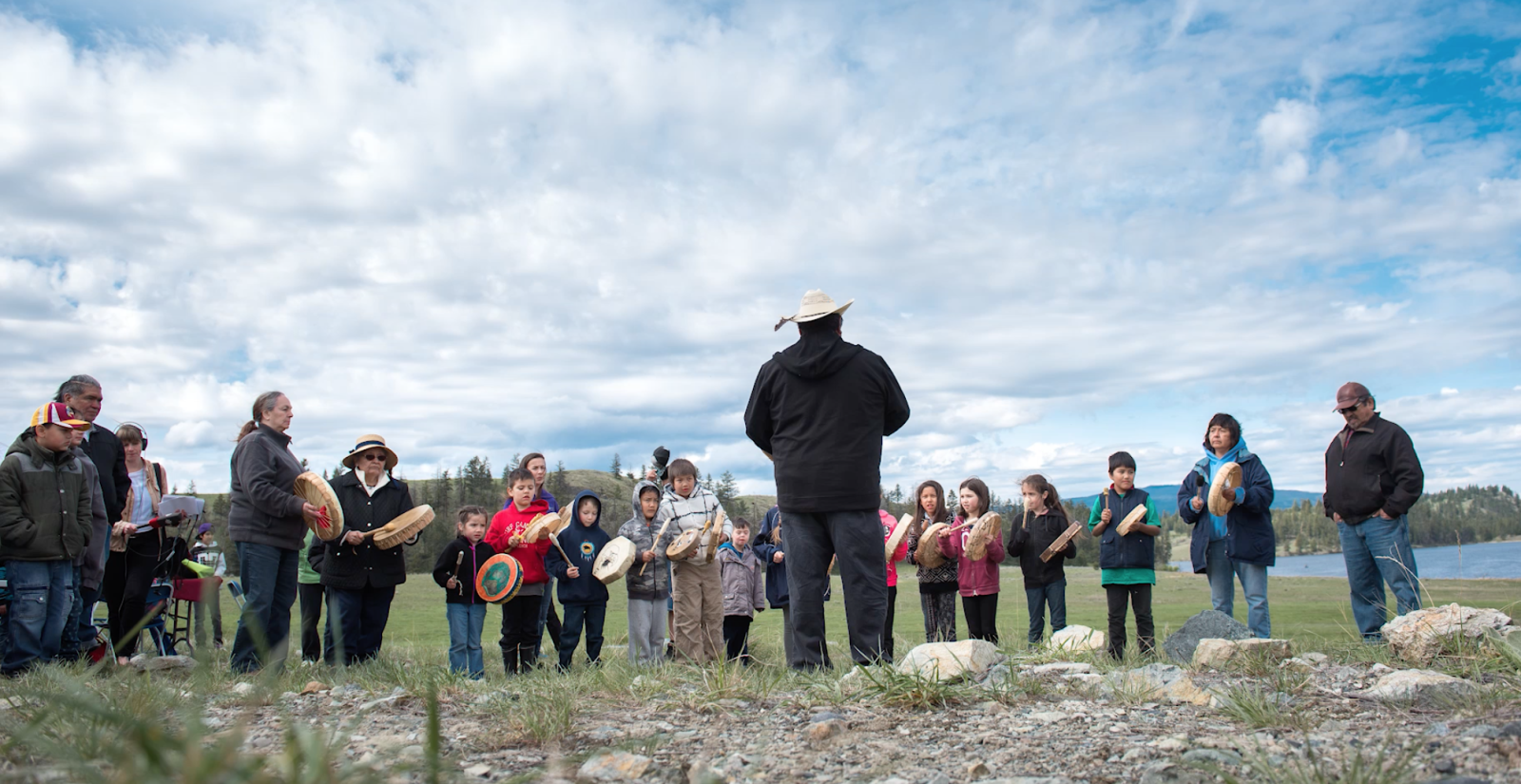
A giant mine, a giant rejection
The Skeetchestn Indian Band and the Tk’emlúps te Secwépemc have occupied the area around Kamloops Lake, B.C. for thousands of years. The region is known for rich mineral deposits, sparkling creeks, rugged mountains, and diverse wildlife.
In 2007 however, to reflect a more traditional form of governance, it created a single group to represent them both: the Stk’emlúpsemc te Secwépemc Nation (SSN). Combined, their membership is nearly 2,000 people.
It was SSN that turned the project down last month, after completing an intensive cultural, economic and environmental review of its proposal. The company — a subsidiary of the industry titan, KGHM Polska Miedź — wants to build the mine on SSN’s traditional territory, accompanied by seepage collection ponds, 18 kilometres of pipeline, and various facilities for ore processing, water management, tailings, and rock storage.
To evaluate the project, SSN put together a panel of 26 youth, elders, and individuals from both First Nations — each appointed to represent one of the community's 13 historic family groups. It’s a traditional form of consultation, Ignace explains, meant to give every community member a voice.
Over 18 months, the panel reviewed evidence and testimony from their own hunters, fishers and elders, along with outside experts on hydrology, ethnobotany, and geology. They invited KGHM Ajax to present, as well as doctors, lawyers, and scientists from the Kamloops community. Ethnobotany is the study of a people's traditional knowledge and customs concerning the medical, religious, and other cultural uses for plants.
Ugo Lapointe, a program director at MiningWatch Canada, says it’s one of the most “rigorous and thoughtful” indigenous-led evaluation processes he’s seen in a decade of work as a mining industry watchdog.
“To do what they did requires a lot of leadership on the part of the community members and a lot of resources, financial and human,” he told National Observer. “It’s the kind of process that we wish were more pervasive in all indigenous communities affected by resources projects in Canada — not because the outcome was rejection of the project, but the process itself is worth praising and learning from.”
Perry Bellegarde, National Chief for the Assembly of First Nations, praised the “fair, open, and transparent” process during a visit to the territory almost a year ago.
“That’s why I wanted to be here and witness this in terms of our own environmental regulatory process,” Bellegarde told local media. “What I like about it is the elders leading the way and sharing their knowledge, as well as in our language. I want to acknowledge the leadership and the community of local First Nations for doing what they’re doing, exerting self-determination and sovereignty.”
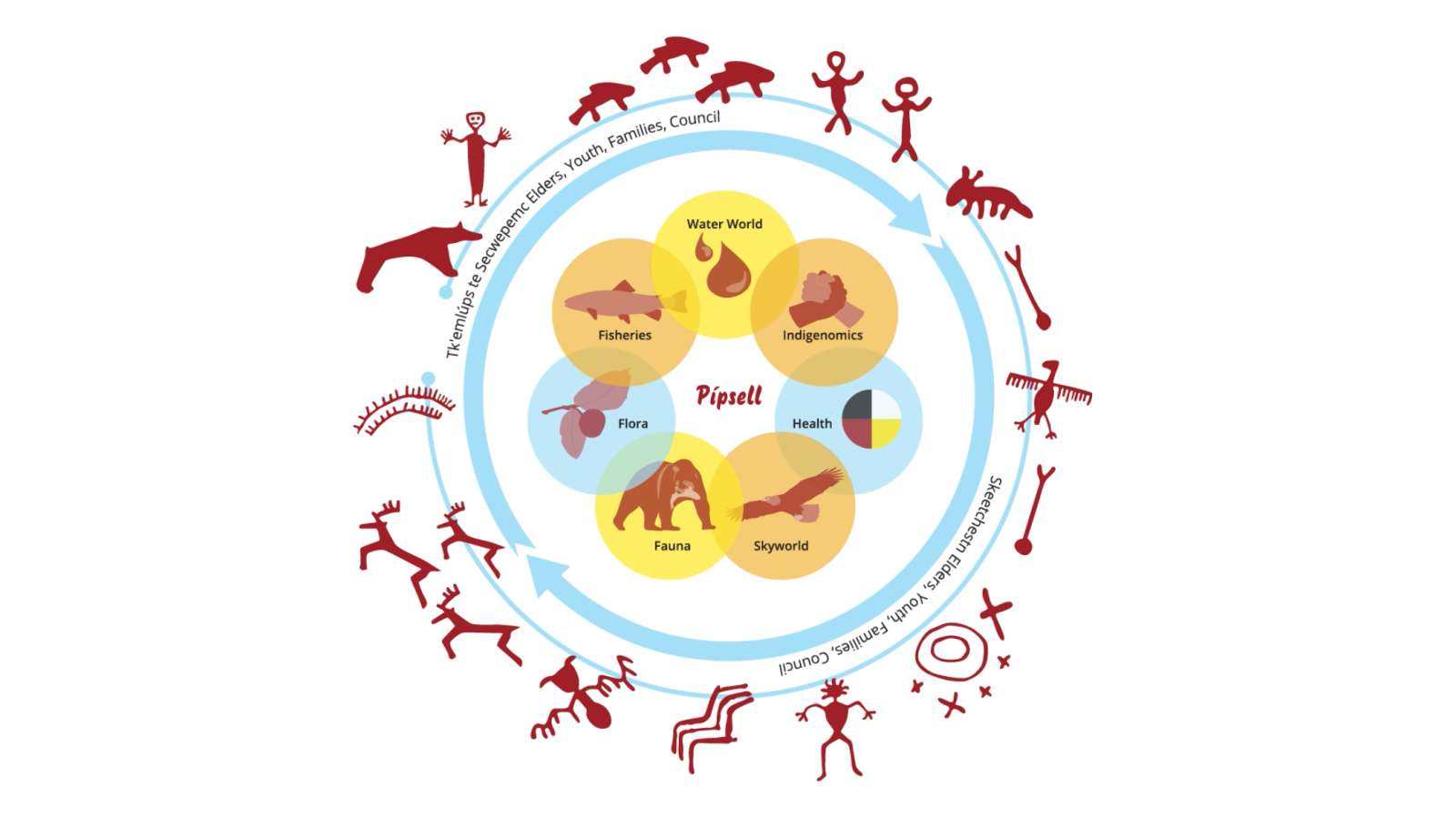
Amassing allies
The Ajax mine is the first project in B.C. history that was required to have a First Nations consultation plan as part of its environmental assessment process. On May 4, 2016, the B.C. government suspended its own review of the project so KGHM Ajax could participate more fully in the First Nations’ review.
The process was on hold for nearly a year, but the clock starting ticking again at the end of March, when the B.C. Environmental Assessment Office received the additional information it had requested from KGHM Ajax. In an email to National Observer, the provincial environment ministry indicated there was a large volume of feedback on the project from First Nations, the public, panelists, and government reviewers, and it would not resume the evaluation project until it was "satisfied" with the company's response to those comments.
The B.C. Environmental Assessment Office has now added an additional 110 days to its review of the mine, in order to line up with the federal government's review timeline, local media reported on March 30.
KGHM Ajax did not respond to multiple requests for comment on this story.
SSN councillor Jeanette Jules says the community is now leading a grassroots movement against the mine, along with a coalition of local doctors, teachers, concerned citizens, academics, scientists, and conservationists in Kamloops. As of April 1, it had 30 organizational allies, including West Coast Environmental Law, Council of Canadians, the Thompson Rivers University Faculty Association Human Rights Committee, and David Suzuki Foundation.
Jules says the achievements come from years of persistence, collaboration, and pressure from the Skeetchestn and the Tk’emlúps te Secwépemc First Nations.
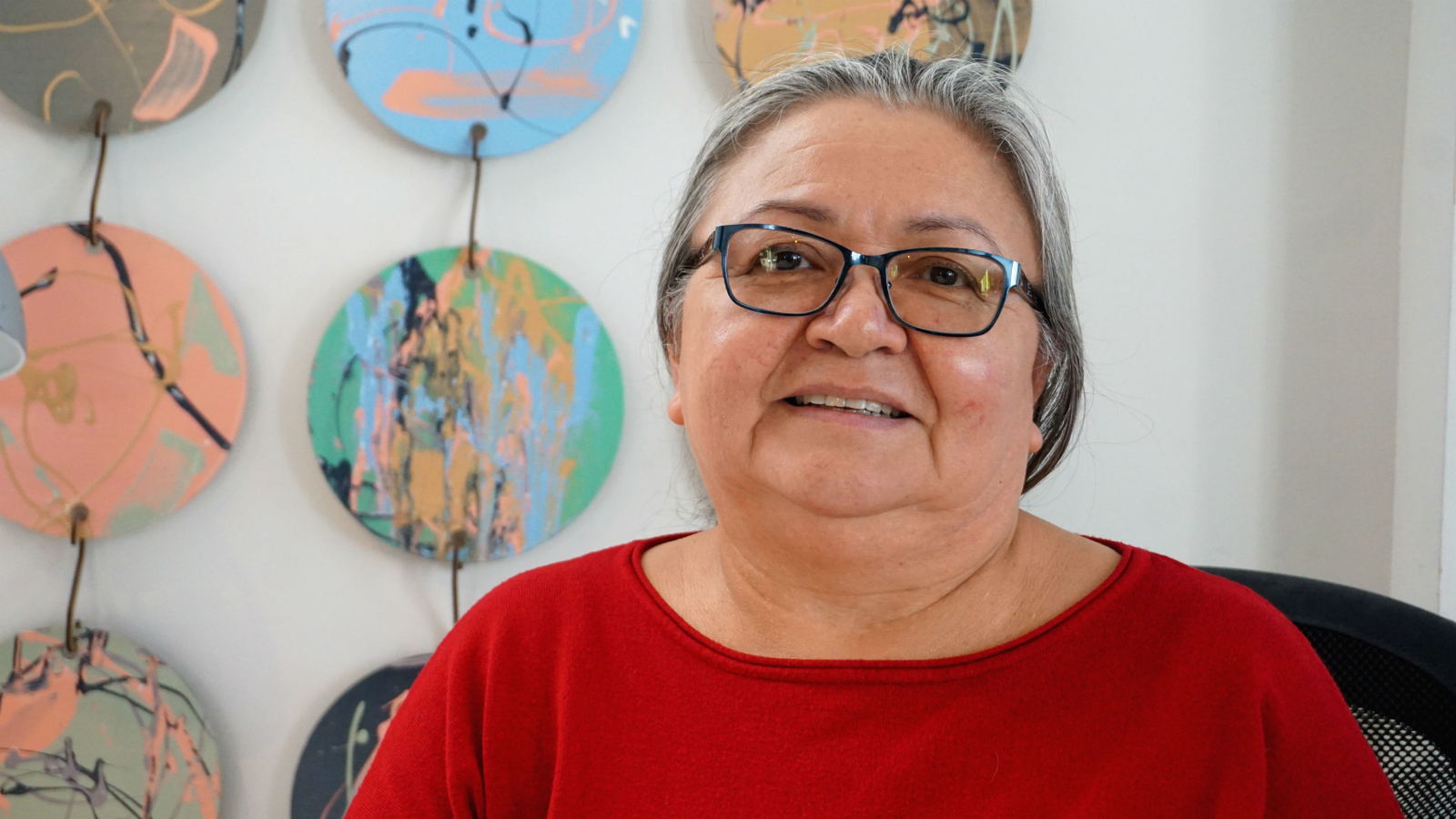
Pushing the consultation “envelope”
“We negotiated things that other people have never negotiated anywhere,” she says, side-by-side with Chief Ignace during an interview with National Observer in Ottawa. “We’re encouraging people across the country to pick up on this process and utilize this process and develop their own systems.
"That is applying your right to self-determination.”
In 2010, SSN struck an advanced exploration agreement with the Ajax mine’s primary stakeholders to comment on all proposed activities before KGHM Ajax could submit applications to the government, and to participate in associated archaeological and cultural heritage work.
SSN also negotiated to have KGHM Ajax to pay for a comprehensive cultural heritage study to determine how its project would impact their connection to the land and water. The study identified at least 127 “culturally significant” species on the mine site, 90 of which have medicinal uses and 45 of which are used as food. It also documented in detail the sacred cultural site called Pípsell — the place at the heart of SSN’s opposition to the project.
The findings played a key role in the B.C. Environmental Assessment Office's recognition that SSN had a “strong prima facie case” for aboriginal rights and title on the 2,500-hectare mine site.
Today, it forms the basis of a lawsuit against the Crown and KGHM Ajax officially seeking rights and title on the land, damages with respect to infringements of those rights, and measures to halt all activities related to the Ajax mine. The other foundational piece of the lawsuit, says SSN, is a formal Declaration of Title it made in a special ceremony at Pípsell on June 21, 2015.
But it wasn't the nation's first rodeo, Jules explains — SSN has been dealing with mining companies for years.
Before KGHM Ajax, the community struck a partnership agreement with New Gold for the nearby New Afton gold mine that required respectful and regular engagement with the First Nations. The company now meets monthly with SSN representatives, and on a quarterly basis, with an Environmental Monitoring Board that not only includes indigenous and industry officials, but a provincial government regulator as well.
In 2010, SSN also signed the first-ever Economic and Community Development Agreement with the B.C. government, requiring the province to share mining tax revenue on new mines and major mine expansions. The New Afton gold mine is expected to generate roughly $30 million over the life of the project for SSN's membership through this partnership.
The nation also negotiated a separate community economic agreement with New Gold for two per cent of its Net Smelter Returns — an arrangement for consent and continued support of the project on SSN's traditional territory.
They were well prepared when KGHM Ajax came knocking, says Ignace, and will continue to be well prepared in the future.
“We've laid out the tyranny of Canadian law that was imposed on us," he says. "How they expropriated our lands, how they took our children away in custody at residential schools, how they used their laws to enforce cultural genocide on us.
"We used those types of arguments (to arrange these deals). We’re pushing the envelope for the process of consultation, and people are just beginning to understand the breadth and the depth of what we’ve done.”
There's a difference, however, between New Afton and Ajax, he adds. The former was determined to be economically and environmentally viable by the community, while the latter was not.
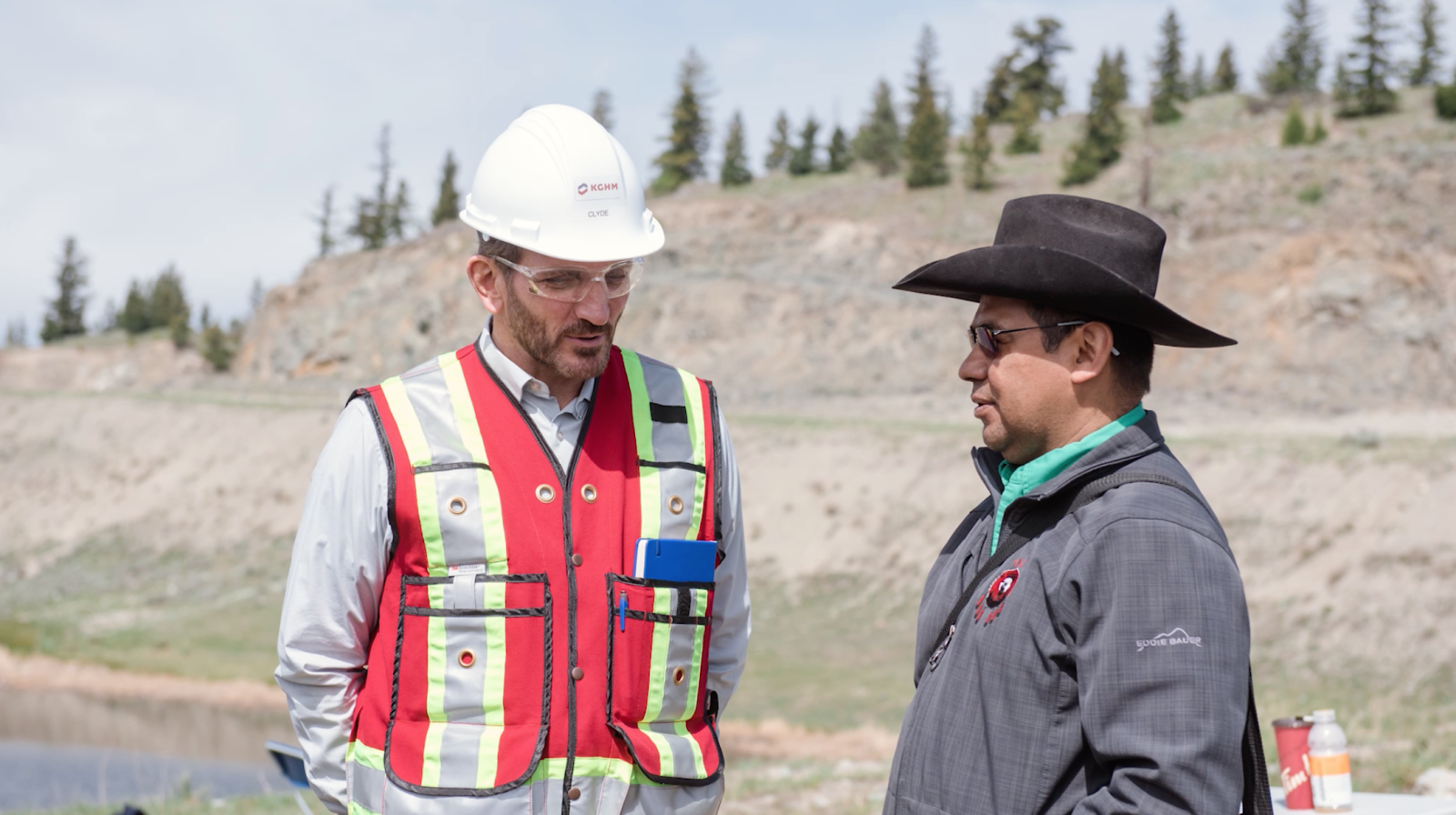
The epic story of the Trout Children
Known to the public as Jacko Lake (one of the best fly-fishing lakes in B.C., in fact), Pípsell is the ancient site of the epic Secwépemc oral story, the Trout Children Stseptékwll. The story proves SSN’s historical, cultural and spiritual connection to the land, says Ignace, who first heard it in his youth from then-chief Charlie Draney.
“In order to go into this area traditionally, you had to blacken your face, say a prayer and make an offering,” says Ignace. “If you didn’t do that, the land would turn on you. That is how sacred that area is. And they want to build a mine on top of it and they say they can mitigate that?”
If constructed, the Ajax mine would divert water from Jacko Lake into a creek downstream, permanently destroying the northeastern arm of the lake. The mine’s tailings pond, slated to be built on the nearby Goose Lake, would destroy that body of water as well.
While KGHM Ajax recently improved its fish habitat offsetting plan to address the concerns, and proposed a long list of measures to “avoid or minimize” damage to Pípsell, SSN has concluded it won’t be enough.
The company did not respond to multiple requests for comment on this story, but in a past email statement to National Observer, its senior communication strategist Robert Koopmans said the project will be of “significant economic benefit” to governments, First Nations, and the City of Kamloops, and that the company is following a regulatory requires “to the letter (and beyond).”
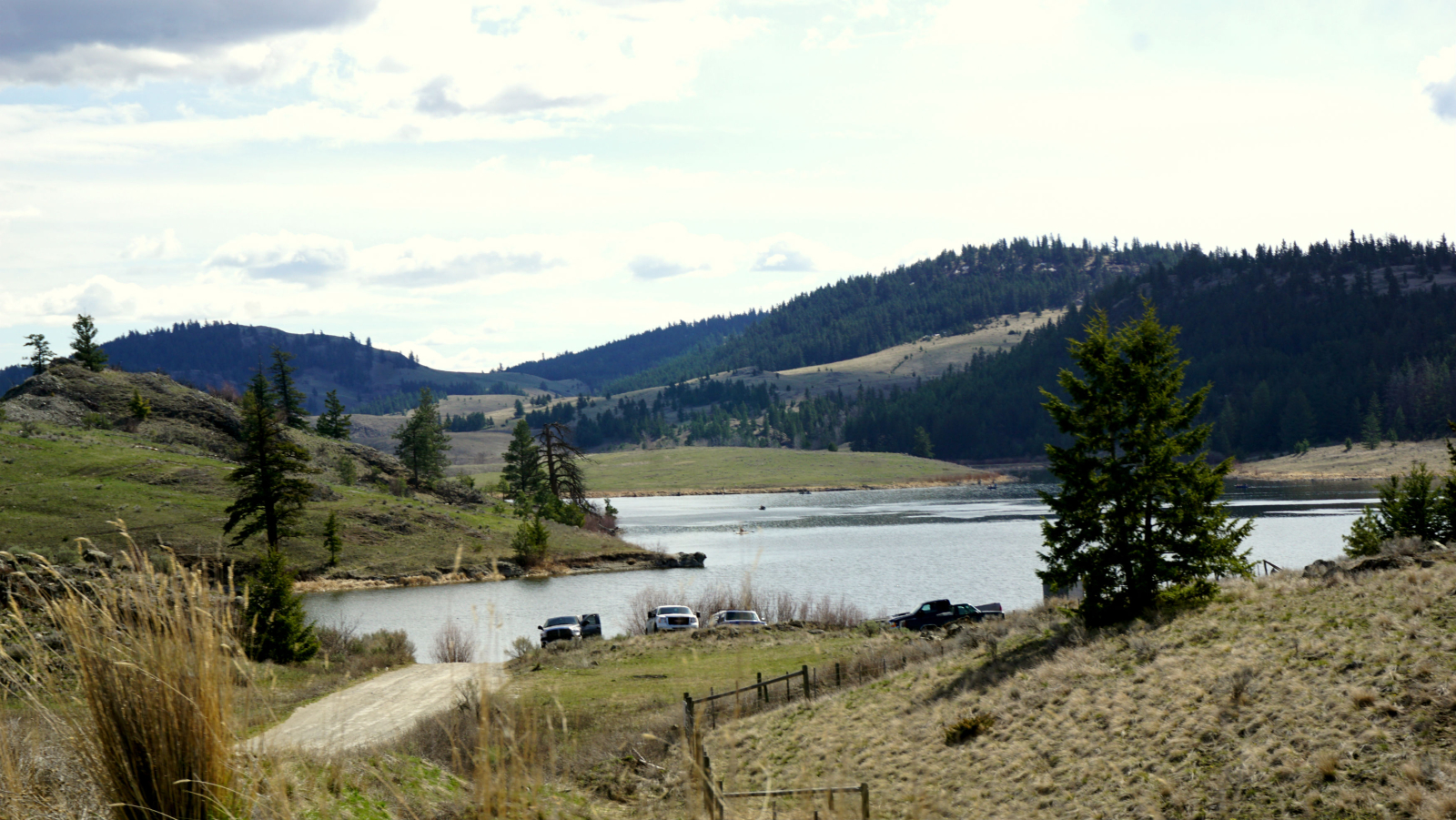
Learning from indigenous perspectives: Suzuki
Thousands of Kamloops residents support the Ajax mine for the economic benefits they believe it will bring to a city where the unemployment rate is about 10 per cent. The Ajax project would create 500 full-time positions over 23 years, 1,800 temporary jobs during construction, and an estimated two to three spin-off jobs in other industries. It currently employs 55 full-time staff in Kamloops and is expected to generate roughly $60 million in annual payroll.
The Kamloops Area Preservation Association however, has counted more than 15 threatened, endangered, or species of special concern living on the 2,500-hectare mine site, and according to its consultants, the entire project exposes Kamloops to risk of a toxic flood through the Peterson Creek watershed. This flood would make its way into the Thompson River, part of the migratory route for the famous Adams River sockeye salmon run, and the very same beach where Kamloops children build their sand castles.
In an interview with National Observer, David Suzuki — who visited Kamloops in February this year — said that the government’s continued consideration of the Ajax mine is a good example of its “unwillingness to integrate environmental issues into what we do now.”
“Mining is one of the most destructive activities that we carry out,” he said. “The very life support systems of earth are being sacrificed all in the name of economic development, and it just can’t keep going on.”
SSN rejected the project the Ajax mine just a few weeks after Suzuki's presentation in Kamloops, and the renowned scientist, environmentalist, and broadcaster said he was impressed by their resolve and respect for environmental treasures like Pípsell. He said the rest of Canada would do to take a leaf out of the book of indigenous people, and their deep connection to Mother Earth.
“We think the world revolves around us, that everything is there for us to use if we’re smart enough to find a use for it,” Suzuki explained. “Indigenous perspectives are very different, and that’s what we’ve got to acquire from them, is their ability to see the world and their relationship with it.”
Asked to respond to Suzuki's comments on the mining industry at large, Natural Resources Minister Jim Carr told National Observer:
"I think that the Mining Association of Canada and the mining industry itself has really led the world in many ways in sustainable mining. We’re very proud of those accomplishments. We’ve worked very closely with them, we understand that the trend is for more and more sustainable natural resource development in Canada, and I believe that we’re making very good progress."
In fact, Prime Minister Justin Trudeau's government is in the middle of a major review of Canada's environmental laws that could dramatically change how the government oversees industrial activity. The public has until May 5 to let the government know how they'd like things to change.
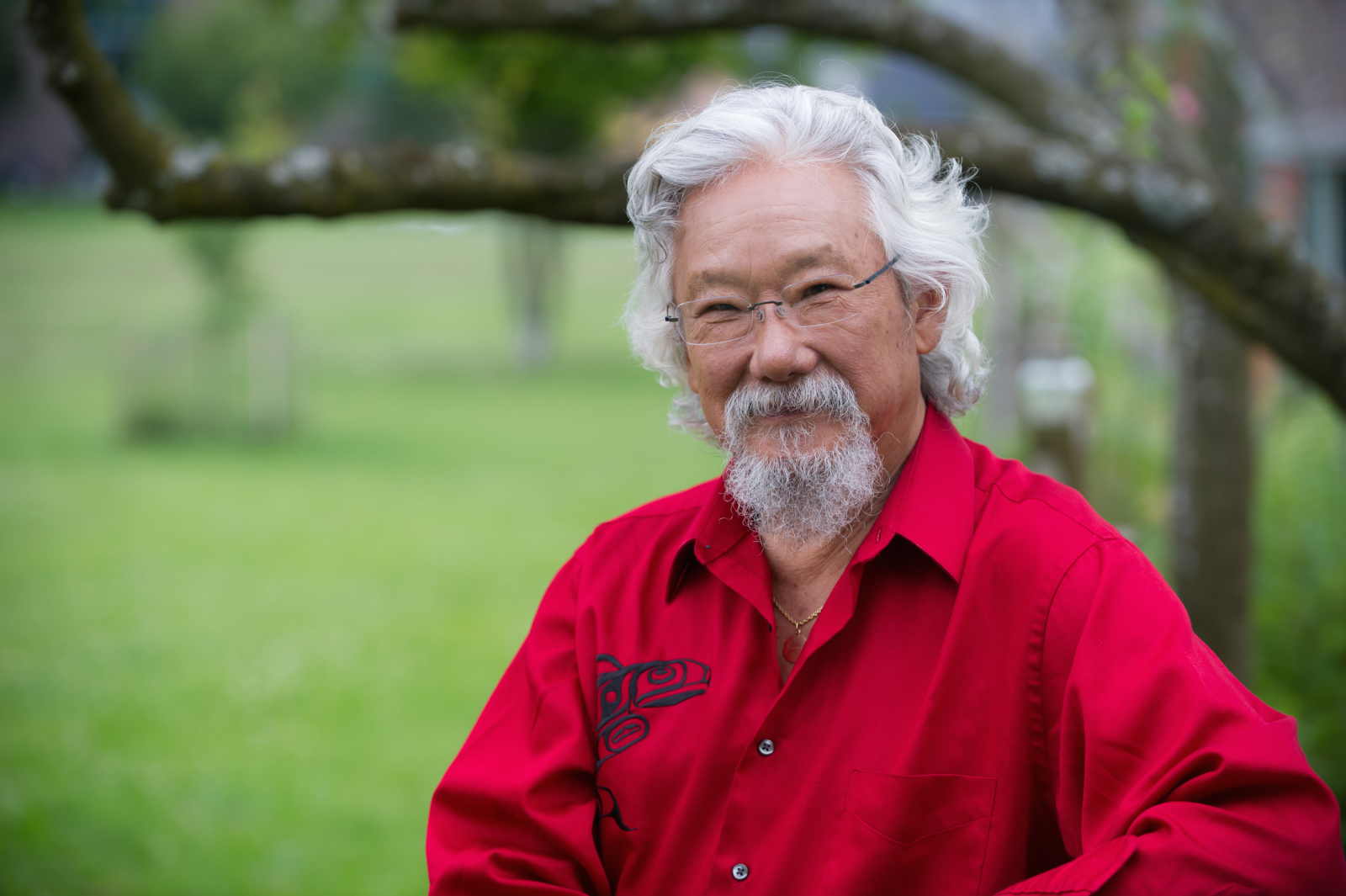
Silver lining among black clouds
With the provincial and federal reviews of the Ajax project still underway, it remains to be seen whether the mine will be approved, and how much weight SSN's rejection of the project will bear on their conclusions.
In an email to National Observer, the Canadian Environmental Assessment Agency assured that SSN's assessment is being taken "into consideration" and will be sent to Environment and Climate Change Minister Catherine McKenna to help inform her final decision on the project. The CEAA is responsible for reviewing the proposal and providing advice to the federal government about how to proceed.
But Ignace says his community has been betrayed by provincial and federal governments before. In January last year, the B.C. Ministry of Justice, for example, said it would “vigorously oppose” SSN's court claim to rights and title on the Ajax mine site, because it interferes with land privately purchased by KGHM Ajax.
That land, says SSN, was purchased on the nation's vast unceded traditional territory without consent or consultation. The case remains in the courts today.
Both the Harper and Trudeau governments also rejected SSN's calls for a joint panel review of the project, believing their environmental assessment processes to be adequately rigorous on their own. SSN had been asking for the panel review, consisting of provincial, federal, and indigenous representations, since the start of the Ajax environmental assessment process more than five years ago.
"We’re mad as hell and we’re not going to take it anymore," says Ignace. What we are doing is upholding our law, maintaining and asserting our ownership and jurisdiction on our lands. That's our responsibility."
Jules nods beside him.
“We couldn’t vote until the sixties," she adds. "People forget that history. Everybody else was given a say.”
While both agree that they would rather not be fighting KHGM Ajax or the provincial and federal governments to begin with, they say the process has revealed a small "silver lining among black clouds." It has helped bring the two indigenous communities near Kamloops — the Skeetchestn and Tk’emlúps te Secwépemc — together.
"We were able to educate a lot of people and expose them to our history, culture, and spirituality, and bring a lot of our people back on the land," says Ignace. "If we maintain this area, we can build this up as a place of cultural education, and use it to train our future generations on our cultural, spiritual and historic values, as well as have the non-native community participate in that."
Editor's Note: A correction was made to this story at 1:30 p.m. E.T. on Fri. April 21, 2017. The previous version stated that the provincial review of the Ajax mine was still on hold. The process, in fact, resumed at the end of March. National Observer regrets the error.
National Review is starting
National Review is starting to turn me conservative. I subscribed because NP is really conservative, and even the G&M has "Investment" and "Business" sections, but no "Work and Jobs" section, I couldn't really find a view from the Left.
But, hoo boy, N.O. pieces like this call themselves news, and read like an opinion column, a long one. By half-way through I'm wondering how much of it to trust and what the real facts are. If this is their land, why are they in a lawsuit to demand that? Where the basis is that they held a ceremony to declare it? What?
About 95% of the piece is just an extended message from the FN, plus, of course, Suzuki. Am I'm just not "environmentalist enough" to take anything Suzuki says as gospel.
It's like Fox News in mirror image: news that's opinion slid in by who gets the most coverage, how they're quoted, how their actions are described.
I'm really wondering about renewing this subscription.
@Roy Brander:
@Roy Brander:
Ownership?
- 16,000 years of Occupancy PROVEN = First Nations.
- Over a century of Colonization = everyone else here in BC.
Lawsuits regarding Infringements on their Lands?
- Governments that keep ignoring ALL Rights,Ownership,etc. contrary to Supreme Court of Canada Rulings, and several Federal & Provincial small items (Canadian Constitution, Charter of Rights,etc)
* Even with the Mineral Rights kept by BC, human decency would keep operations far away from residential villages,towns,cities.
- 2 days before Election period starts= Christie Clark's Liberal Government of BC "quietly" on April 7, 2017 hands out Permit for Mt. Polley to release tailings pond overflow & more into the local rivers,streams that run into Quesnel Lake. They haven't finished with the 'biggest mining disaster in CANADIAN history' before they start again. We, the taxpayers, only on hook for $40 million or more for 1st time.
* I have personal experience of what happens to Lakes when open-pit mines operate:
1980's: Logan Lake,BC= The lake, right up next to town & residential neighbourhoods, had swirls of residue, orange foam inches high, orange bubbles wafting over the town, the stink. Residents & businesses trucking in 5 gallon jugs of water, etc. * Company gigantic pit-mining dump truck parked right next to it.
Teck Resources: Highland Valley Copper Mine/open-pit.
1970's: Trail,BC. Cominco Smelter,owned by Teck. NO signage stating "Do NOT swim in or drink the Columbia River water at this park & beach & playground (or ANYWHERE downstream) because we are dumping tons of toxic slag & liquid effluent daily". We also could not see the pipes running over the ground to the cliff because it was so much higher. It was just a waterfall spouting from up there onto the river.
* 2008? Teck Resources(previously Teck / Cominco) convicted of 'slag & liquid effluent toxic waste poisoning Columbia River' by American Court for decades of injury to citizens.
-------
**Watch this= "Blueberry River First Nations - Industrial Development Change Over Time "
the firelight group. published by Guy Polden on youtube. = a time-lapse horrifying map
that has to be seen to believe =how far the provincial Government goes selling off
'mineral rights licensing permits' without permission, against the wishes of the First Nations.
In fact, after publication of the Blueberry River Cumulative Disturbance Atlas 2012=
the BC Government INCREASED it's sales. * This case has gone National in public awareness. The information & video were televised on CPAC as a Presentation during the National Assembly of Chiefs in Ontario.
OR: www.ratcliff.com/blueberryriver
THIS is the end result they now live with.
A map of Total Development 2015 = unable to walk more than half a kilometer in any direction without having development feature in the way.
If you want 'real facts'= read ALL articles, archives,websites of the affected,etc.,
research takes time. think outside the box.
If you aren't a Conservative, why are you only reading their publications? NR,NP,G&M.
If you want a view of Canadian Left Publications = use "Alternative Press Index'.
A self-respecting Environmentalist NEVER takes anything as gospel.
It's nearly ALL Research, personal testing for results , by yourself, with or by trusted other committed people, or verify results submitted by the public. Investigations, pounding ground rain or shine. Dirty,wet,tired,cold, or hot,sweaty,faint from fumes that hang without a breeze, trying to last until the job is finished. Then the sense of fellowship, the glow that one more little piece is irrevocably proven beyond doubt. The more extroverted will be the public faces, they are welcome to it, they are by nature suited for the interaction required.
The problem is the main population of BC has no idea what it is like in areas outside their worlds. Take a lake or river anywhere in the Province that you and/or your family love to go to. Shut down. POISONED, Would you get upset? Too late,boat left years earlier when you didn't believe us. They put tinfoil hats on us instead.
No Edit feature.
No Edit feature.
reference should read:
www.ratcliff.com/blueberry
it will be the listing that states 'files claim '.



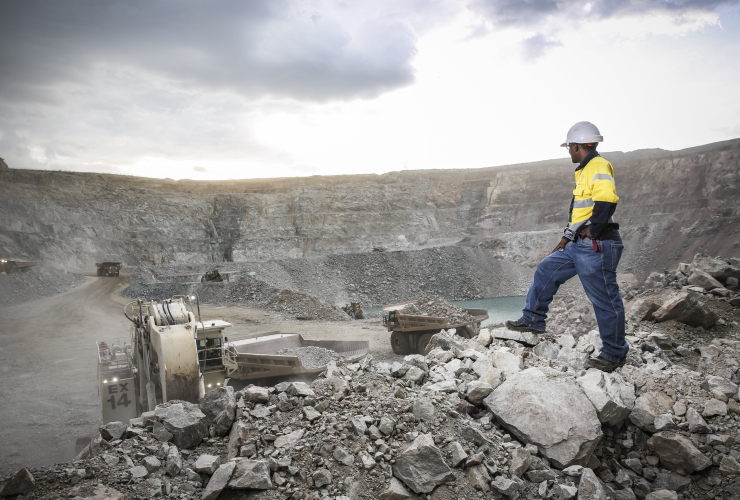

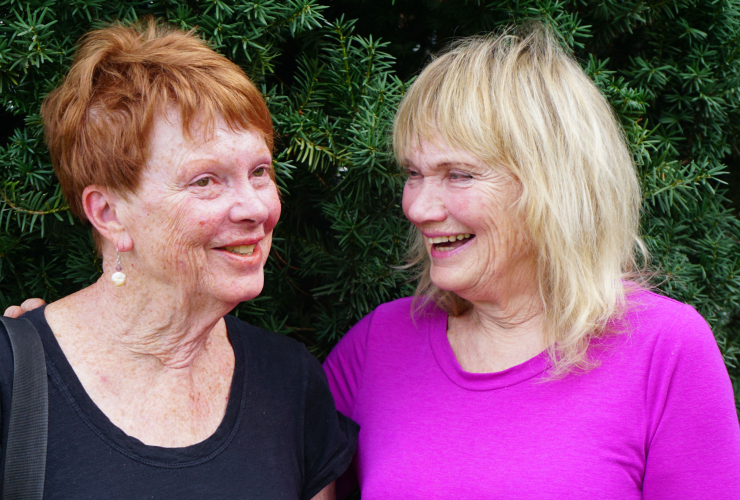
Comments